What to Expect During Your Roof Inspection
Are you noticing signs of a roof leak? Do your shingles look a little worse for wear? Don’t panic! We’re here to help.
3 min read
 Chris Talton
Sep 1, 2023
Chris Talton
Sep 1, 2023
Your roof's health might not seem critical unless it's visibly damaged or leaking. However, a collection of seemingly minor roofing concerns can contribute to more noticeable and extensive damage over time. Preventing both small and large roofing issues is achievable through professional roof inspections.
The frequency of these inspections varies and hinges on factors like your roof's age, prevailing weather conditions, and any previously identified problems. Even if your roof is relatively new or has had no apparent issues, scheduling a professional inspection at least every two years is a prudent move.
Now, you might be wondering: what precisely does your contractor assess during these inspections?
Well, they should target these 13-points of common roofing issues:
Let’s get into these in a bit more detail!
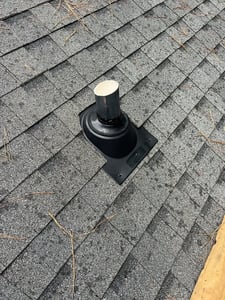
Your contractor will carefully examine pipe boots and any roof penetrations to spot potential vulnerabilities. They'll be on the lookout for cracks, gaps, or signs of wear around these areas, as a proper seal is vital to prevent leaks. Ensuring the integrity of these components helps safeguard your roof against water infiltration.
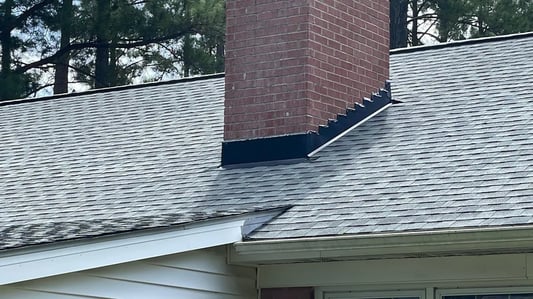
Metal flashings, such as counter flashing, step flashing, and drip edge, will be scrutinized by your contractor. These flashings redirect water away from critical areas. They'll be checking for signs of rust, damage, or detachment, as any issues here could compromise the water-shedding capability of your roof.
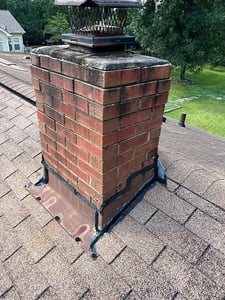
Chimneys are prone to water damage, so your contractor will focus on the chimney's masonry. They'll inspect for cracks, deterioration, and the effectiveness of waterproofing around the base. This helps prevent water from seeping into your home through vulnerable points.
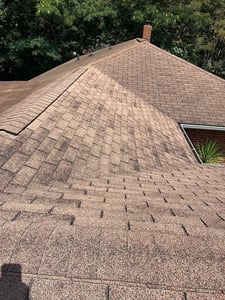
Valleys are natural water runoff channels, but they can also trap debris and cause issues. Your contractor will evaluate the condition of the valleys, looking for wear, damaged shingles, and debris accumulation that might hinder proper water flow and drainage.
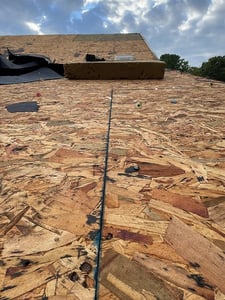
The roof decking is the foundation for your shingles. Your contractor will check for signs of sagging, water damage, or any issues that might weaken the support structure of your roof. A sturdy decking is essential for the overall integrity of your roofing system.
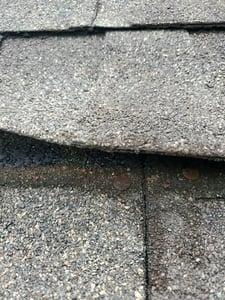
Exposed and rusted nails, as well as popped shingle nails, can compromise your roof's protection. Your contractor will inspect for any signs of these issues and recommend prompt action to prevent further damage. Addressing these concerns helps maintain the secure attachment of your shingles.
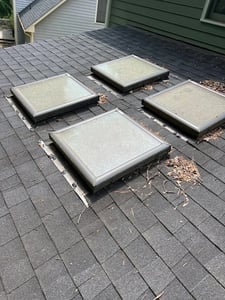
Skylights are potential sources of leaks, so your contractor will carefully assess their seals. They'll ensure that the seals are intact and properly secured to prevent any water infiltration around these areas.
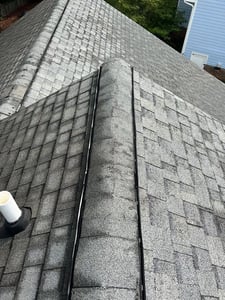
Both attic and roof ventilation play a crucial role in your roof's health. Your contractor will check for blocked vents, proper airflow, and signs of excessive moisture in the attic. Adequate ventilation helps extend the lifespan of your roof and prevents issues like mold growth.
Your contractor will inspect the eaves and overhangs for any signs of water damage, rot, or pest infestations. These areas are susceptible to exposure and need proper maintenance to ensure they don't compromise your roof's integrity.
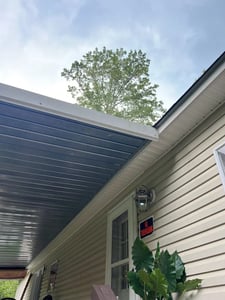
Fascia and soffit provide protection and ventilation to your roof. Your contractor will assess these components for any water damage, rot, or signs of pests. Addressing issues here helps maintain proper airflow and keeps your roof's edges in good condition.
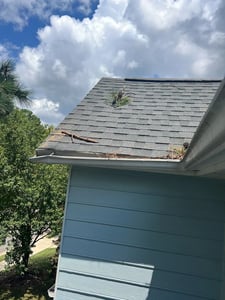
Clean and functional gutters are essential for effective water drainage. Your contractor will inspect gutters for clogs, sagging, and proper alignment with the roof. Well-maintained gutters prevent water backup and potential damage to your roof and home.
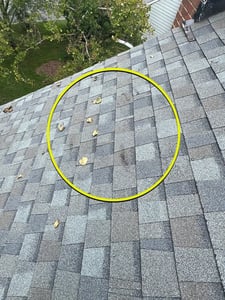
Your contractor will look for cracked, curled, torn, or missing shingles. Damaged shingles expose your roof to water infiltration and require prompt replacement to maintain your roof's protective barrier.
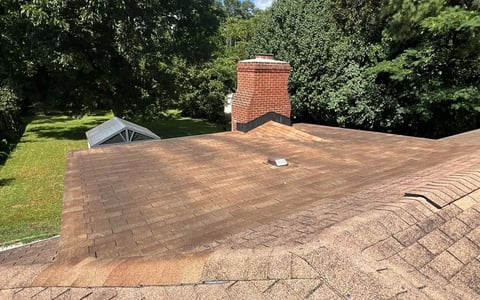
Algae growth is not only unsightly but can also damage shingles over time. Your contractor will identify discolored or streaked shingles caused by algae and provide recommendations for cleaning or preventive measures.
A roof inspection by a qualified contractor ensures your asphalt shingle roof's health and longevity. Understanding what your contractor assesses during an inspection empowers you as a homeowner to take proactive measures in maintaining your roof's performance. With regular inspections, you can catch issues early and ensure your roof stands strong against North Carolina's diverse weather challenges.
Now that we've delved into six crucial issues that your contractor diligently scrutinizes during their inspection, we hope you're motivated to initiate a regular maintenance regimen. With years of experience under their belts, professional roofers have honed their ability to spot potential problems and avert issues such as leaks, clogged gutters, and future roof deterioration.
The matters we've outlined in this article are best entrusted to experts. Nevertheless, there are several roof maintenance tasks that homeowners can and should undertake themselves, typically on a seasonal basis and after significant weather events.
Tasks such as clearing your gutters, trimming overhanging tree branches, and examining your attic for signs of water infiltration should be performed biannually. If you're comfortable using a ladder and your home is no taller than two stories, you can actually handle these maintenance duties independently.
However, even with a consistent maintenance routine in place, it's wise to arrange for a professional roof inspection at least once every two years. This proactive step allows your contractor to detect any hidden issues that might have eluded your maintenance checks, thus ensuring the enduring security of the roof over your head.
On Tops Roofing has been providing roof inspection services to homeowners in the Raleigh, North Carolina Area since 1991! Whatever your roof requires, We’re on it!
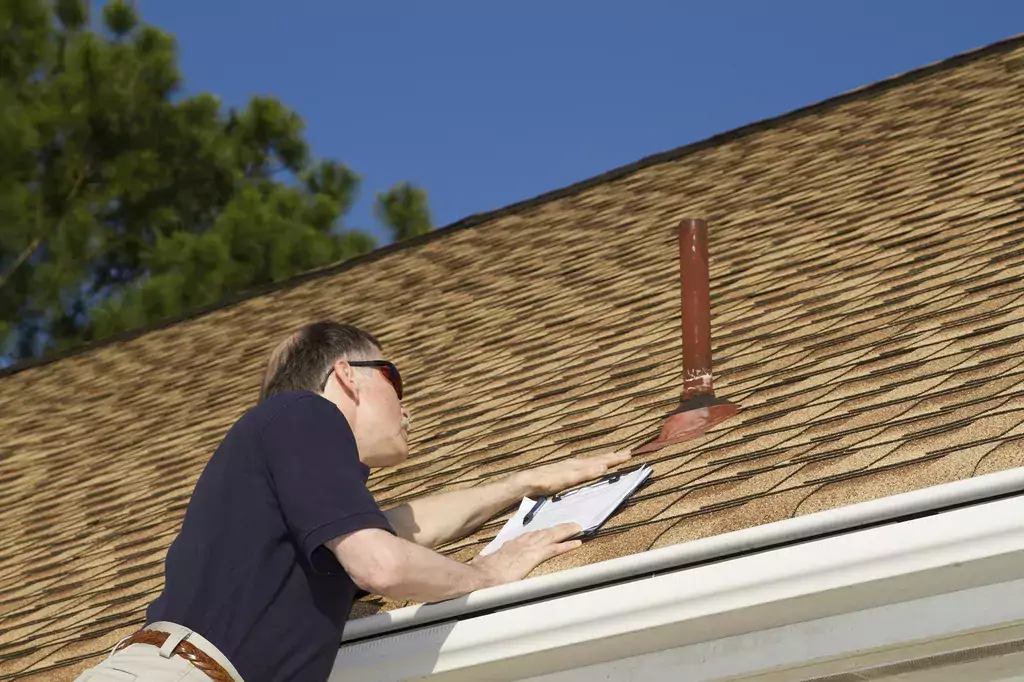
Are you noticing signs of a roof leak? Do your shingles look a little worse for wear? Don’t panic! We’re here to help.
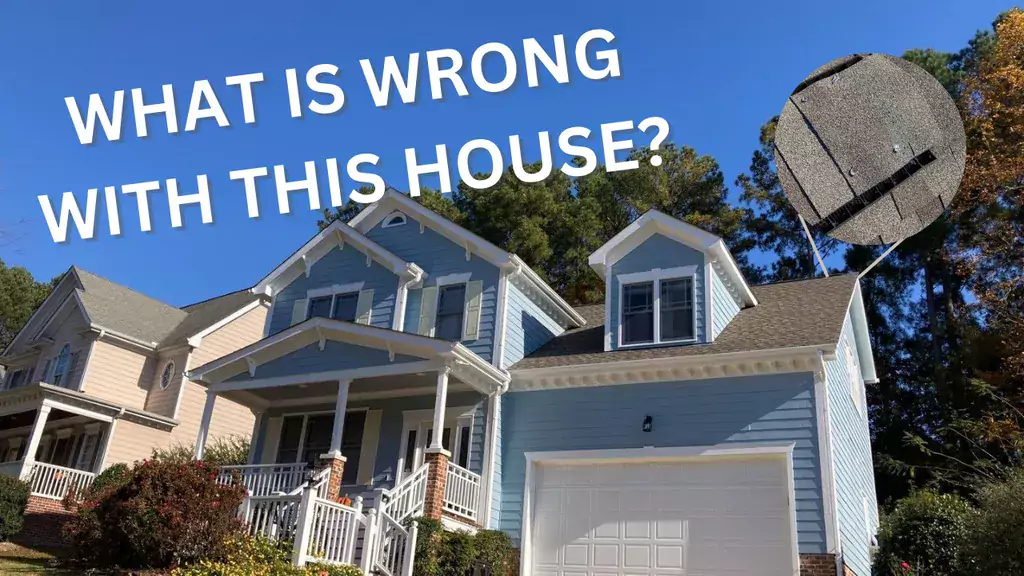
If you’ve noticed anything suspicious with your roof, or it’s been a while since you’ve checked up on it, there could be something big that’s causing...

If you're dealing with a storm-damaged roof or in the process of securing a new homeowner's insurance policy, chances are you'll need a roof...